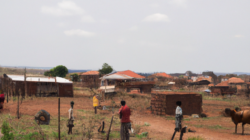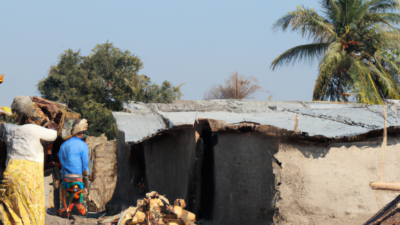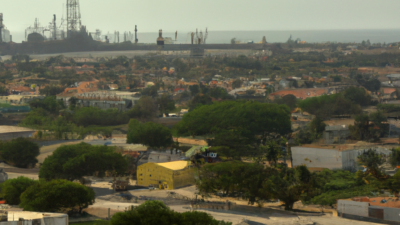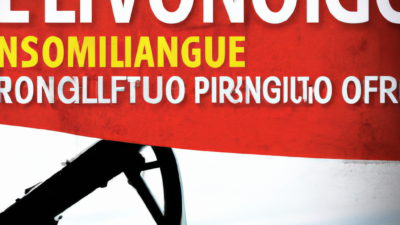<!DOCTYPE html>
<html lang="en">
<head>
<meta charset="UTF-8">
<meta name="viewport" content="width=device-width, initial-scale=1.0">
<title>Trading Economics: Angola Interest Rate</title>
<style>
body {
font-family: Arial, sans-serif;
line-height: 1.6;
margin: 20px;
}
h1, h2 {
color: #2c3e50;
}
p {
color: #34495e;
}
.content {
max-width: 800px;
margin: auto;
}
.footer {
margin-top: 40px;
border-top: 1px solid #bdc3c7;
padding-top: 10px;
text-align: center;
color: #7f8c8d;
}
</style>
</head>
<body>
<div class="content">
<h1>Trading Economics: Angola Interest Rate</h1>
<p>Understanding the interest rate trends of a country is crucial for both investors and policymakers. In the case of Angola, a country rich in natural resources and with a growing economy, the interest rate plays a pivotal role in shaping its economic landscape. This article delves into the dynamics of Angola's interest rate, its historical context, and its implications for the broader economy.</p>
<h2>Historical Context</h2>
<p>Angola, located on the southwestern coast of Africa, has a diversified economy with oil being its dominant export. The interest rate in Angola is set by the Banco Nacional de Angola (BNA), the country's central bank. Historically, Angola's interest rate has been influenced by various factors, including inflation, economic growth, and international economic conditions.</p>
<p>In the early 2000s, Angola experienced a period of rapid economic growth fueled by high oil prices. During this time, the central bank adopted a relatively low-interest-rate policy to support borrowing and investment. However, the global financial crisis of 2008 and subsequent fluctuations in oil prices led to significant economic challenges for Angola, prompting the BNA to adjust the interest rate accordingly.</p>
<h2>Recent Trends</h2>
<p>In recent years, Angola has faced economic headwinds, including high inflation rates and a depreciating currency. To combat these challenges, the Banco Nacional de Angola has had to implement a more cautious monetary policy. As of the latest data, the interest rate in Angola stands at around 20%, reflecting efforts to curb inflation and stabilize the economy.</p>
<p>The high-interest rate environment has several implications for Angola's economy. On one hand, it helps to control inflation by making borrowing more expensive and reducing the money supply. On the other hand, it can also stifle economic growth by increasing the cost of credit for businesses and consumers.</p>
<h2>Economic Implications</h2>
<p>The interest rate is a critical tool for managing Angola's economic stability. A high-interest rate can attract foreign investment seeking higher returns, which can help to bolster the country's foreign exchange reserves. However, it can also put pressure on domestic businesses that rely on credit for expansion and operational activities.</p>
<p>For investors, understanding Angola's interest rate trends is essential for making informed decisions. High-interest rates can signal economic challenges but also provide opportunities for returns on investment in fixed-income securities. Conversely, potential investors must weigh the risks associated with inflation and currency depreciation.</p>
<h2>Future Outlook</h2>
<p>Looking ahead, the future of Angola's interest rate will depend on several factors, including global oil prices, domestic economic conditions, and the effectiveness of government policies. The Angolan government has been working on diversifying its economy and reducing its reliance on oil, which could impact future interest rate decisions.</p>
<p>Furthermore, ongoing efforts to improve the business environment and attract foreign investment are likely to play a significant role in shaping the country's economic trajectory. As Angola continues to navigate its economic challenges, the interest rate will remain a key indicator of its financial health and stability.</p>
<div class="footer">
<p>© 2023 Trading Economics Insight. All Rights Reserved.</p>
</div>
</div>
</body>
</html>
Hello! How can I assist you today?
Hello! How can I assist you today?













